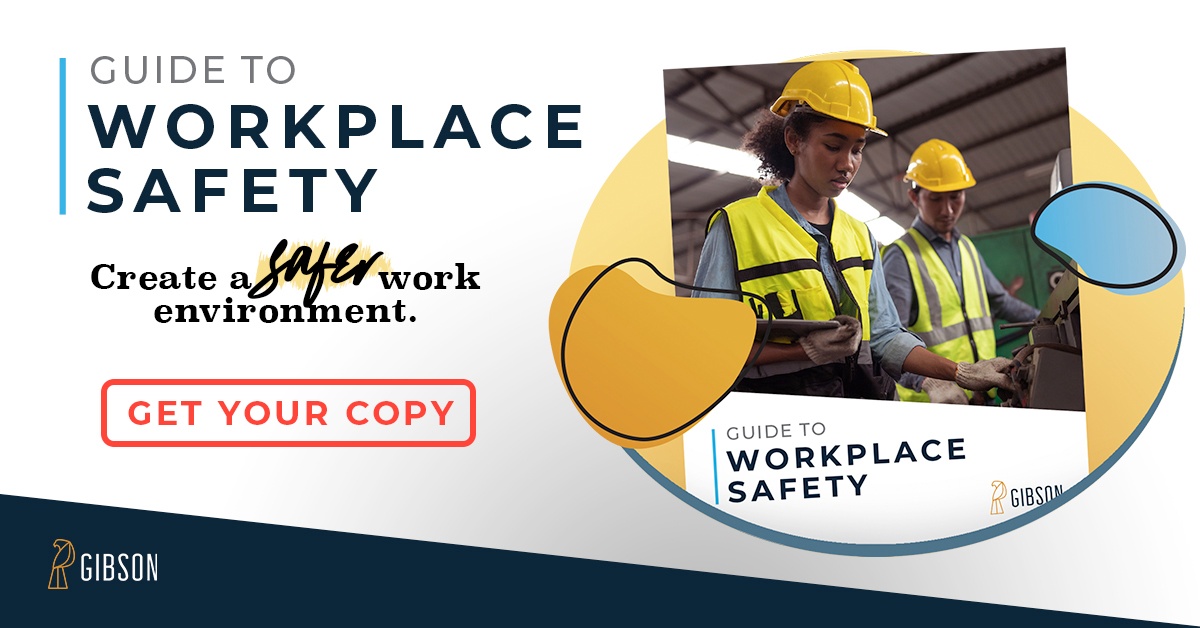When we talk about risk management and risk assessment, the focus is often on the big issues. But it’s not the only way to look at risk assessment. When you’re working to identify every potential risk, you sometimes need to think outside the box. Well, in this case, inside the box.
Every individual product, from food to electronics, encounters risks throughout its lifespan. As the product passes through production lines, across borders, and through the hands of numerous organizations, it encounters a wide array of risks. By applying a risk assessment to the product itself, rather than the individual businesses involved we can get a unique view.
Manufacturing
Worker safety is at the forefront of most manufacturing risk assessments. The common risk management measures are safety gear and detailed training. But the products themselves are at risk too. Careless procedure, poorly maintained tools or low-quality materials can all put product at risk. If a product is damaged during the production process it loses value and becomes a drain on the business. They may not make workers’ comp claims but your products must form part of risk assessment process.
Warehouse
Even if your product survives the factory, there’s no guarantee it will become a sale. Warehouse conditions like temperature, fire safety, flood risk, and security systems all have an effect on the product. If you want your products to earn revenue they need to arrive on the store shelves in perfect condition.
Transport
That arrival relies on your management of transportation risks. The quality of your vehicle maintenance, driver training, and route planning create potential hazards for the product. The transportation method can also affect the ultimate success of a product, as it’s not just the physical condition of the product that’s at risk. If your products are slow to arrive, or are interrupted on their journey, they may not reach sales targets.
On and Off The Shelf
When your product finally arrives in stores, brand new risks to physical condition enter the equation. Dropped, lost, and stolen products puts a dent in sales figures. There are also promotional risks, like rival products and storefront decisions. If your product is placed on the bottom shelf by the storeowner, what are its chances of selling?
This may be a simplistic overview of the potential risks that could affect a product, but it does provide a clear lesson. Risk comes in many forms and can be assessed from a wide variety of angles.




